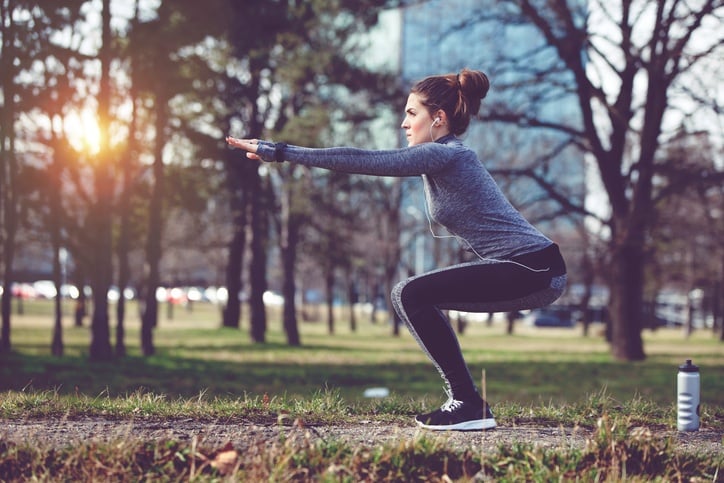 Getting old sucks. That’s right, I said it: getting old sucks. I might be the only one in the fitness world to say it, but it does. I know I’m supposed to be positive about the inevitable passing of time and what each of us face in our journeys—and I’m positive it is not fun at all. No matter whether you are turning 20 or 70, we are all getting older and it is getting old! If you can’t tell by now, I am a bit grumpy about some of the aspects that each passing birthday has in store; and much like Ebenezer Scrooge, I say, “Bah humbug” to it all!
Getting old sucks. That’s right, I said it: getting old sucks. I might be the only one in the fitness world to say it, but it does. I know I’m supposed to be positive about the inevitable passing of time and what each of us face in our journeys—and I’m positive it is not fun at all. No matter whether you are turning 20 or 70, we are all getting older and it is getting old! If you can’t tell by now, I am a bit grumpy about some of the aspects that each passing birthday has in store; and much like Ebenezer Scrooge, I say, “Bah humbug” to it all!
In a previous post, “This is 40,” I mentioned how quickly some physical attributes can change, and not in a good way. I recently purchased some readers (which are currently aiding me to write this blog) because my eyesight is beginning slip, I guess. I sometimes make a bunch of noises when I get-up, and it takes a few steps to get upright. The other day I went for what I used to consider a short run, and had to stop three times to stretch out. When goofing around with my nephews, I have to first ask myself, “Will this activity result in me hurting myself?” before I participate. Bah humbug, right? And yep, I’m still pretty grumpy about the whole thing!
You Will Be Visited by Three Goals
Okay, now that I’m done complaining about it, what can you do to help growing older go more smoothly? In the coming weeks, you will be visited by three goals that can change your life. These three different goals cover the concepts and strategies that can help minimize some of the effects of getting older. What are these goals, you ask?
- Eat well.
- Move more.
- Recover better.
Wait, you’re telling me you’ve heard of these goals before? (Hopefully you’re picking up on my sarcasm!) That’s right, there’s no crazy new idea here. But no matter how we in the health and fitness world try to gift-wrap the keys to living long and living well, you all still don’t do it. Crazy, right? Who knew shutting your pie hole, getting off your butt, and resting properly could have positive effects on your health and longevity? So why aren’t more of us doing these simple things that can change the game forever?
Gear Up for a Better Christmas Future!
During the visits from these goals, they will walk you through the how and why of each goal and the steps to take to be better as you age and not the other way around. Recipes, videos, and workouts will all be part of these visits, covering an array of strategies that can help.
It’s not too late! You can change; we can change! Listen to the messages these goals have for you during each visit, implement them, and say “bah humbug” to getting old and say “Whoopee!” to being awesome for life!
This blog was written by Tony Maloney, ACSM Certified Exercise Physiologist and Fitness Center Manager. To find out more about the NIFS bloggers, click here.


 When you hear the word stretch, you might think immediately about flexibility (or perhaps your lack thereof). Flexibility was always the term used for enhancing limited movement, until the word mobility arrived and took the fitness industry by storm.
When you hear the word stretch, you might think immediately about flexibility (or perhaps your lack thereof). Flexibility was always the term used for enhancing limited movement, until the word mobility arrived and took the fitness industry by storm.